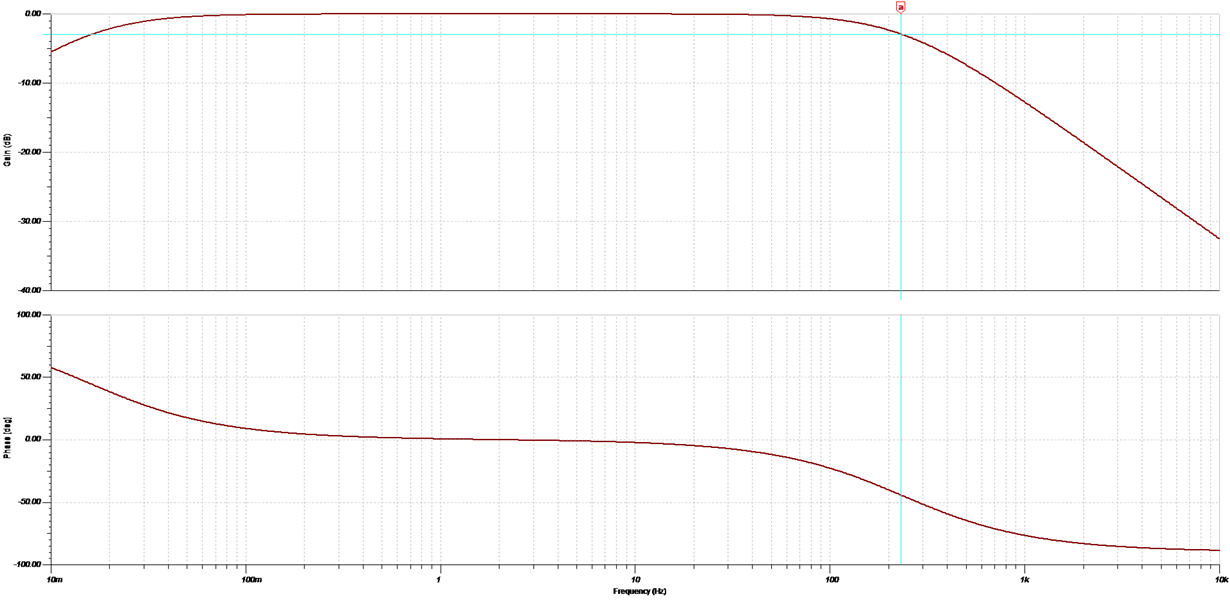Hello
I want to design an single lead ECG ( 2 electrodes) no RLD ;
I think ADS1291 is good solution ; but my problem is how to set the common mode and I can not use RLD ; my sampling rate will be 8khz because I want to detect pacemaker signal too .
How would lead detect work here and there is no RLD electrode?
Do you suggest other better solution rather than ads1291 ?
Could you provide a shematic to how I set it in single lead ?
Thank you inadvanced


